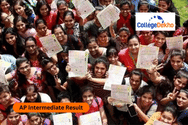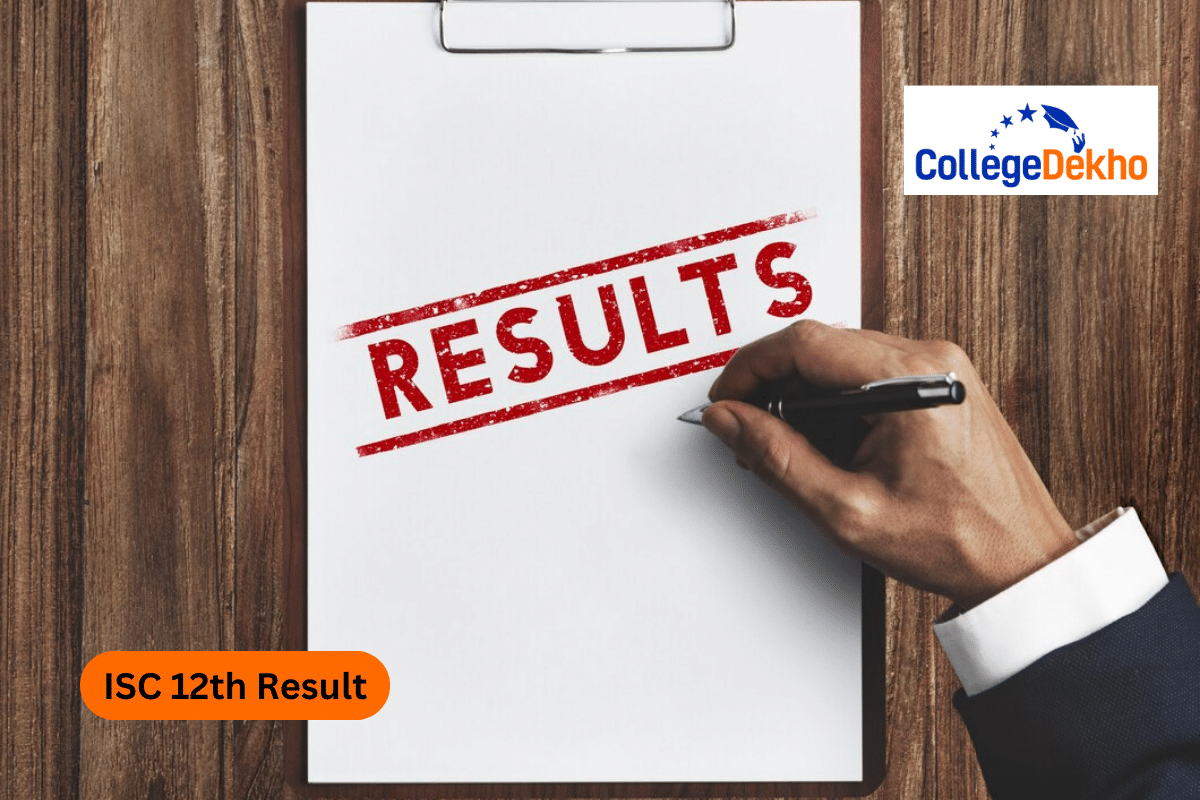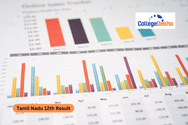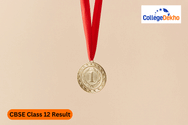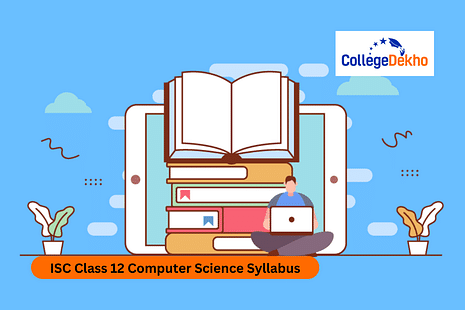

Never Miss an Exam Update
ISC Class 12 Computer Science Syllabus 2024-25: The Council for the Indian School Certificate Examinations (CISCE) revised the ISC Class 12 Computer Science Syllabus 2024-25 on its official website. The council released the revised ISC 12th syllabus 2024-25 for 14 subjects, which include Physics, Chemistry, English, Mathematics, Computer Science, Biology, Accounts, Geography, Political Science, etc. Students preparing for the ISC class 12 exam for the academic year 2024-25 can also check the ISC 12th Computer Science Syllabus 2024-25 from this page. The ISC Class 12 Computer Science Syllabus includes computer systems, artificial intelligence, database systems, data structures, programming languages, bioinformatics, algorithms, and so on.
The ISC 12th Computer Science Syllabus 2024-25 comprises two papers, Paper I (theory) and Paper II (practical). The theory paper of ISC class 12 Computer Science exam 2024 will be held for 70 marks, while 30 marks will be evaluated based on the practical exam. The maximum duration for both the papers will be 3 hours. CISCE will begin conducting the ISC Class 12 exam 2025 in February 2025, and will continue till March 2025 in two shifts. Students are required to acquire a minimum of 40% marks in each subject to pass the ISC class 12th exam 2025. In this article, students can find the latest and updated information on ISC 12th Computer Science Syllabus 2024-25.
ISC Class 12 Computer Science Syllabus 2025 Download PDF
Students can download ISC Class 12 Computer Science Syllabus 2024-25 PDF added below to check the detialed chapter wise syllabus.
ISC Class 12 Computer Science Syllabus 2024-25: Revised Course Structure
As per the ISC 12th Computer Science syllabus 2024-25, there will be two papers:
- Paper I: Theory (70 marks)
- Paper II: Practical (30 marks)
Paper I
Section | Topics |
|---|---|
Section A | 1. Boolean Algebra (a) Propositional logic, well formed formulae, truth values and interpretation of well formed formulae (wff), truth tables, satisfiable, unsatisfiable and valid formulae. Equivalence laws and their use in simplifying wffs. Propositional variables: the common logical connectives (~ (not)(negation), ∧ (and)(conjunction), ∨ (or)(disjunction), ⇒ (implication), ⇔ (biconditional); definition of a well-formed formula (wff); `representation of simple word problems as wff (this can be used for motivation); the values true and false; interpretation of a wff; truth tables; satisfiable, unsatisfiable and valid formulae. Equivalence laws: commutativity of ∧, ∨; associativity of ∧, ∨; distributivity; De Morgan’s laws; law of implication (p ⇒ q ≡ ~p ∨ q); law of biconditional ((p ⇔ q) ≡ (p ⇒ q) ∧ (q ⇒ p)); identity (p ≡ p); law of negation (~ (~p) ≡ p); law of excluded middle (p ∨~p ≡ true); law of contradiction (p∧~p ≡ false); tautology and contingency simplification rules for ∧, ∨. Converse, inverse and contra positive. (b) Binary valued quantities; basic postulates of Boolean algebra; operations AND, OR and NOT; truth tables. (c) Basic theorems of Boolean algebra (e.g. duality, idempotence, commutativity, associativity, distributivity, operations with 0 and 1, complements, absorption, involution); De Morgan’s theorem and its applications; reducing Boolean expressions to sum of products and product of sums forms; Karnaugh maps (up to four variables). Verify the laws of Boolean algebra using truth tables. Inputs, outputs for circuits like half and full adders, majority circuit etc., SOP and POS representation; Maxterms & Minterms, Canonical and Cardinal representation, reduction using Karnaugh maps and Boolean algebra. 2. Computer Hardware (a) Elementary logic gates (NOT, AND, OR, NAND, NOR, XOR, XNOR) and their use in circuits. (b) Applications of Boolean algebra and logic gates to half adders, full adders, encoders, decoders, multiplexers, NAND, NOR as universal gates. Show the correspondence between Boolean methods and the corresponding switching circuits or gates. Show that NAND and NOR gates are universal by converting some circuits to purely NAND or NOR gates. |
Section B | The programming element in the syllabus (Sections B and C) is aimed at algorithmic problem solving and not merely rote learning of Java syntax. The Java version used should be 5.0 or later. For programming, the students can use any text editor and the javac and java programs or any other development environment: for example, BlueJ, Eclipse, NetBeans etc. BlueJ is strongly recommended for its simplicity, ease of use and because it is very well suited for an ‘objects first’ approach. 3. Implementation of algorithms to solve problems The students are required to do lab assignments in the computer lab concurrently with the lectures. Programming assignments should be done such that each major topic is covered in at least one assignment. Assignment problems should be designed so that they are sufficiently challenging. Students must do algorithm design, address correctness issues, implement and execute the algorithm in Java and debug where necessary. Self explanatory. 4. Programming in Java (Review of Class XI Sections B and C) Note that items 4 to 13 should be introduced almost simultaneously along with classes and their definitions. While reviewing, ensure that new higher order problems are solved using these constructs. 5. Objects (a) Objects as data (attributes) + behaviour (methods); object as an instance of a class. Constructors. (b) Analysis of some real-world programming examples in terms of objects and classes. (c) Basic input/output using Scanner from JDK; input/output exceptions. Tokens in an input stream, concept of whitespace. 6. Primitive values, Wrapper classes, Types and casting Primitive values and types: byte, int, short, long, float, double, boolean, char. Corresponding wrapper classes for each primitive type. Class as type of the object. Class as mechanism for user defined types. Changing types through user defined casting and automatic type coercion for some primitive types. 7. Variables, Expressions Variables as names for values; named constants (final), expressions (arithmetic and logical) and their evaluation (operators, associativity, precedence). Assignment operation; difference between left hand side and right hand side of assignment. 8. Statements, Scope Statements; conditional (if, if else, if else if, switch case, ternary operator), looping (for, while, do while, continue, break); grouping statements in blocks, scope and visibility of variables. 9. Methods Methods (as abstractions for complex user defined operations on objects), formal arguments and actual arguments in methods; Static method and variables. The this Operator. Examples of algorithmic problem solving using methods (number problems, finding roots of algebraic equations etc.). 10. Arrays, Strings Structured data types – arrays (single and multidimensional), address calculations, strings. Example algorithms that use structured data types (e.g. searching, finding maximum/minimum, sorting techniques, solving systems of linear equations, substring, concatenation, length, access to char in string, etc.). Storing many data elements of the same type requires structured data types – like arrays. Access in arrays is constant time and does not depend on the number of elements. Address calculation (row major and column major), Sorting techniques (bubble, selection, insertion). Structured data types can be defined by classes – String. Introduce the Java library String class and the basic operations on strings (accessing individual characters, various substring operations, concatenation, replacement, index of operations). 11. Recursion Concept of recursion, simple recursive methods (e.g. factorial, GCD, binary search, conversion of representations of numbers between different bases). Many problems can be solved very elegantly by observing that the solution can be composed of solutions to ‘smaller’ versions of the same problem with the base version having a known simple solution. Recursion can be initially motivated by using recursive equations to define certain methods. These definitions are fairly obvious and are easy to understand. The definitions can be directly converted to a program. Emphasize that any recursion must have a base case. Otherwise, the computation can go into an infinite loop. The tower of Hanoi is a very good example of how recursion gives a very simple and elegant solution where as non-recursive solutions are quite complex. |
Section C Inheritance, Interface, Polymorphism, Data structures, Computational complexity | 12. Inheritance, Interfaces and Polymorphism (a) Inheritance; super and derived classes; member access in derived classes; redefinition of variables and methods in subclasses; abstract classes; class Object; protected visibility. Subclass polymorphism and dynamic binding. Emphasize inheritance as a mechanism to reuse a class by extending it. Inheritance should not normally be used just to reuse some methods defined in a class but only when there is a genuine specialization (or subclass) relationship between objects of the super class and that of the derived class. (b) Interfaces in Java (Conceptual) Emphasize the difference between the Java language construct interface and the word interface often used to describe the set of method prototypes of a class. 13. Data structures (a) Basic data structures (stack, linear queue); implementation directly through classes. Conversion of Infix to Prefix and Postfix notations. Basic algorithms and programs using the above data structures. (b) Binary trees, tree traversals (Conceptual). The following should be covered: Binary trees- apart from the definition the following concepts should be covered: root, internal nodes, external nodes (leaves), height (tree, node), depth (tree, node), level, size, degree, siblings, sub tree, completeness, balancing, traversals (pre, post and in-order). 14. Complexity (Conceptual) Concept of complexity; input size; importance of dominant term; constants, best, average and worst case |
Paper II
The Visiting Examiner who will be appointed locally will evaluate the practical papers and the marks will be approved by the Council.
The paper will comprise three programming problems from which the students have to attempt any one. The practical paper will consist of the two parts:
- Planning Session
- Examination Session
The maximum duration provided for the Planning session and the Examination session is 3 hours. A maximum of 90 minutes is allowed for the Planning session and 90 minutes for the Examination session.
All the students will be allowed to proceed to the Examination Session only after they complete the 90 minutes of the Planning Session.
Planning Session
The candidates will be required to prepare an algorithm and a hand written Java program to solve the problem.
Examination Session
The program handed in at the end of the Planning session shall be returned to the candidates. The candidates will be required to key-in and execute the Java program on seen and unseen inputs individually on the Computer and show execution to the Visiting Examiner. A printout of the program listing including output results should be attached to the answer script containing the algorithm and handwritten program. This should be returned to the examiner. The program should be sufficiently documented so that the algorithm, representation and development process is clear from reading the program. Large differences between the planned program and the printout will result in loss of marks.
Teachers should maintain a record of all the assignments done as part of the practical work through the year and give it due credit at the time of cumulative evaluation at the end of the year. Students are expected to do a minimum of twenty-five assignments for the year.
Evaluation:
Marks (out of a total of 30) should be distributed as given below:
Continuous Evaluation
Candidates will be required to submit a work file containing the practical work related to programming assignments done during the year.
Specifications | Marks |
|---|---|
Programming assignments done throughout the year (Internal Evaluation) | 10 marks |
Programming assignments done throughout the year (Visiting Examiner) | 5 marks |
Terminal Evaluation
Specifications | Marks |
|---|---|
Solution to programming problem on the computer | 15 marks |
How to Download ISC Class 12 Computer Science Syllabus 2024-25?
Follow the simple steps given below to download the ISC Class 12 Computer Science syllabus 2024-25 from CISCE’s official website:
- Step 1: Go to the official web portal of CISCE - cisce.org
- Step 2: Scroll down to the option “Library (Publications) and click on it on the homepage.
- Step 3: A new window will open on your screen where you need to click on “ISC Class XII Revised Syllabus 2024 (in selected subjects)”.
- Step 4: You will find the ISC 12th revised syllabus 2024-25 PDF of selected subjects on the screen. Click on ISC Class 12 Computer Science syllabus 2024-25 pdf.
- Step 5: Download the pdf that will open on your screen.
- Step 6: Save the ISC Class 12 Computer Science syllabus 2024-25 pdf for future reference.
FAQs
CISCE will soon release the ISC class 12 Computer Science revised syllabus 2024-25 along with 13 other subjects. Go through the revised ISC class 12 Computer Science syllabus 2024-25provided in this page to know more.
To access the ISC 12th Computer Science syllabus 2024-25, you need to visit the official website of CISCE. You can download the ISC class 12 Computer Science syllabus 2024-25 from this page as well.
Was this article helpful?







